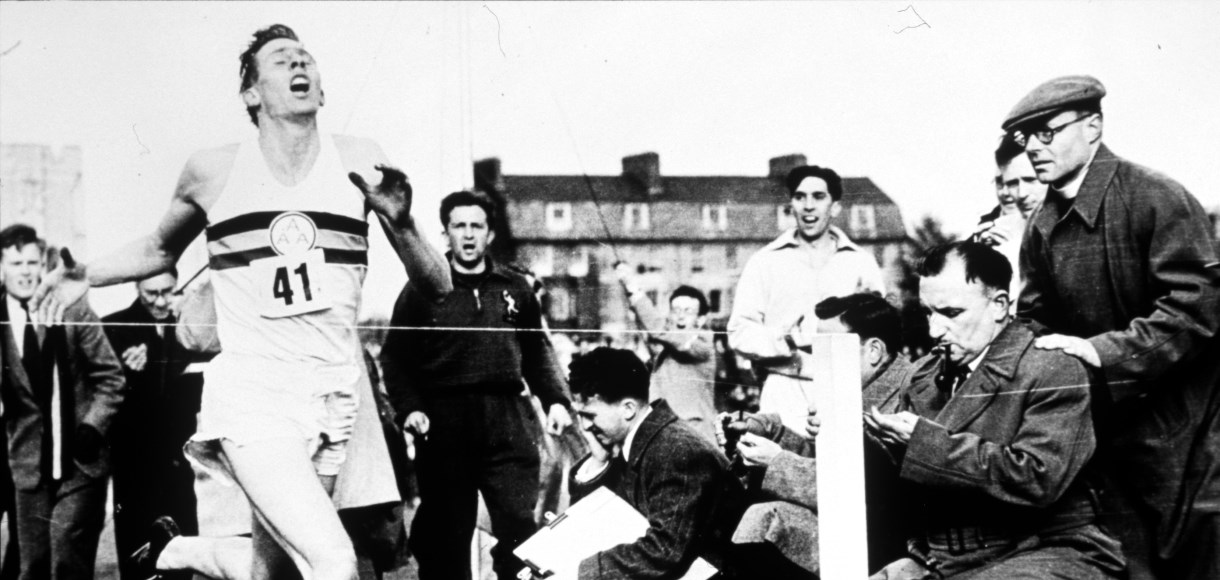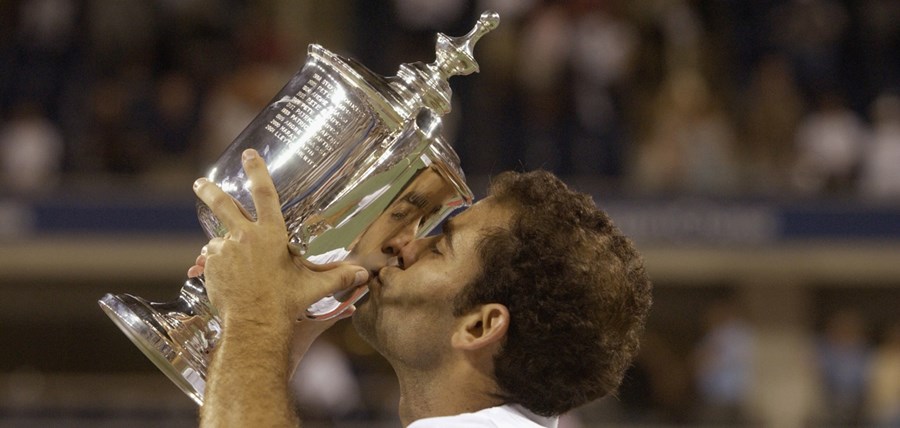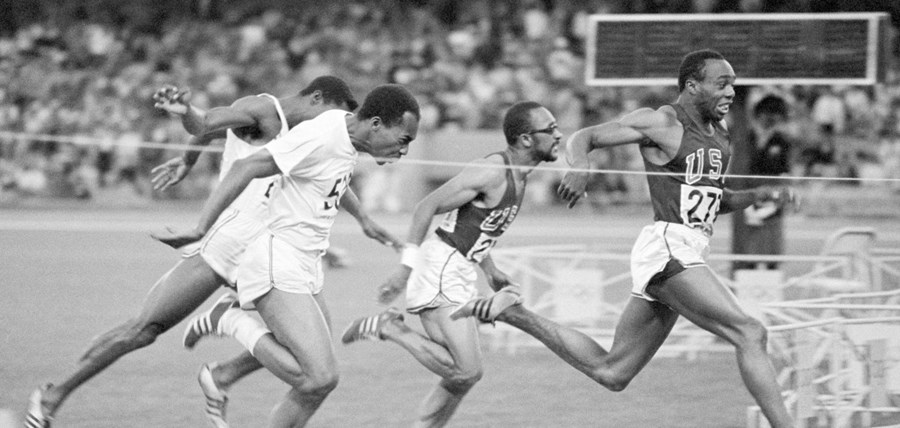5 historic sporting records that have since been smashed
 Source: Getty Images
Source: Getty Images
On the anniversary of Roger Bannister's sub-four-minute mile, we reflect on five groundbreaking records that may now seem insignificant.
Roger Bannister | Sub-four-minute mile | 1954
One look at the records and you will see that more than 1,400 athletes have run a sub-four-minute mile since 1954.
But don’t let that fool you into diminishing Roger Bannister’s achievement.
At the time, a sub-four-minute mile was viewed by the Daily Telegraph as “sport’s greatest goal”.
Doctors actively discouraged Bannister, not only saying it was impossible but that he may die if he attempted the feat.
When he crossed the line at Oxford’s Iffley Road track in 3:59:04, Bannister had not just set a sporting benchmark that remains until this day, but he had shifted expectations of what the human body could achieve.
Pete Sampras | 14 Grand Slams | 2002

When Pete Sampras won his 14th Grand Slam at the US Open in 2002, Roger Federer was yet to win his maiden major title.
No other player in the history of the sport had won more than 12 Slams, and none had entered double figures since Bjorn Borg 21 years earlier.
It was inconceivable, then, that just 18 years later there would be three players with more Grand Slam titles than Sampras.
This truly has been the golden age of men’s tennis, with Federer, Rafael Nadal and Novak Djokovic pushing the sport further than even Sampras could have imagined.
With Federer on 20, Nadal on 19 and Djokovic on 17, the new benchmark for greatness in tennis may, this time, be truly insurmountable.
Babe Ruth | 60 home runs in a season | 1927
Babe Ruth was such a prolific hitter of home runs that his emergence in 1919 saw baseball emerge from the dead, literally.
From 1900 to 1919, the sport was mired in the dead-ball era, a period characterised by low-scoring, tactical play that struggled to draw crowds.
Ruth’s big-hitting, alongside a few other contextual factors, ushered in the live-ball era, which continues until this day.
“The Sultan of Swat” enjoyed his biggest season in 1927 when he smashed 60 home runs – no other player had previously managed more than 42 – a record which stood for 34 years.
It is telling that the three of the four players who have since smashed Ruth’s record – Barry Bonds, Mark McGwire and Sammy Sosa – have all been heavily implicated in the sport’s doping scandal.
Jim Hines/Tommie Smith | Sub-10-second 100m/Sub-20-second 200m | 1968

Breaking the 10-second barrier is a basic expectation of modern-day 100m sprinters. The same goes for the 20-second barrier in the 200m.
At the last five Olympic Games there has been just one winning time across the 100m and 200m that has not broken those barriers – Konstantinos Kenteris’ winning run of 20.09 in 2000.
But before the days of Usain Bolt waltzing home in 9.58 with a smile on his face, both marks represented the ultimate goal for all sprint athletes.
Coincidentally, both marks were first officially broken in the same year, at the same event – the 1968 Olympic Games in Mexico City.
On 14 October, Jim Hines ran 9.95 to win 100m gold, then two days later Tommie Smith ran 19.83 to top the 200m podium.
Their records have been chipped away at ever since, but Hines and Smith will always be remembered as the first men to break those barriers.
Shane Warne | 700 Test wickets | 2006
Before Shane Warne came along, the idea of a bowler taking 600 wickets in Test matches was insane.
Just one player had previously passed 500 – Courtney Walsh – and the discipline of bowling seemed to have reached its peak with his West Indian pace attack of the 1980s.
Warne, though, revolutionised the art of spin, and not only became the first man to reach that milestone in 2005, he kept going until he reached 700 just 18 months later.
Unfortunately for him he was living alongside another great in Muttiah Muralitharan, with whom he had battled throughout his career for Test bowling supremacy.
In the end, it was the Sri Lankan who had the last laugh, passing 700 wickets just eight months after Warne.
And, for good measure, Murali would go on to take another 100. His 800 Test wickets is a mark that is, unlike Warne’s, set to stand for a long, long time.
Visit Betway's football betting page.





































